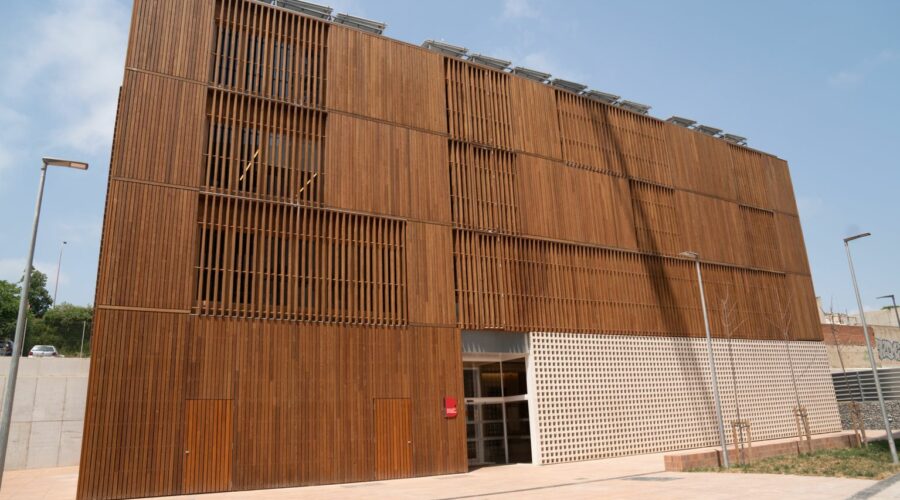The Spanish tourism sector has recorded impressive figures in terms of inflow and spending. In April, 7.8 million international tourists visited Spain, representing an increase of 8.3% compared to April 2023. These visitors spent a record €9,565 million, 13.1% more than in the same month last year.
 Regional differences in tourism expenditure
Regional differences in tourism expenditure
The data reveal notable differences in spending by international tourists depending on the region of destination. The Community of Madrid, with a growing luxury hotel offer, focuses on attracting foreign tourists with higher purchasing power. In April, average spending per tourist in Madrid was 1,601 euros, while in Catalonia it was 1,082 euros, or 48% less. Nationally, each tourist spent an average of 1,221 euros in April, an increase of 4.4% over the previous year. Average daily spending also reflected this growth, reaching 183 euros. The Community of Madrid leads in both parameters, with a daily expenditure of 310 euros compared with 218 euros in Catalonia. The Canary Islands, Andalusia, the Balearic Islands and the Community of Valencia recorded daily expenditures of 175, 165, 190 and 132 euros, respectively.
Catalonia leads in total expenditure
In aggregate terms, Catalonia is the region with the highest total tourist spending, with 1,807 million euros, 39.43% more than the 1,296 million spent in Madrid. However, Catalonia received 106% more visitors, with 1.7 million tourists in April compared to 809,329 in Madrid. Other regions that surpassed Madrid in total spending were the Canary Islands (1,673 million), Andalusia (1,471 million) and the Balearic Islands (1,394 million), while the Valencian Community registered 1,115 million euros.
Increased spending in Madrid
Madrid recorded the highest increase in tourist spending, with a year-on-year increase of 20.3%. The average trip duration in both communities is similar, with 5 days in Catalonia and 5.2 days in Madrid. In other regions, tourists stay longer: 8.1 nights in the Canary Islands, 7.4 in Andalusia and 6.1 in the Balearic Islands.
Growth in international tourist spending
The increase in spending is not only limited to tourists visiting Madrid and Catalonia. Globally, tourists from the United Kingdom, Germany and France are the biggest spenders in Spain. Spending by British tourists increased by 18.7%, reaching 1,598 million euros, while spending by German and French tourists grew by 12.3% and 12.8%, respectively. Italy leads in terms of spending growth, up 22.7% in April. The United Kingdom continues to be the leading issuer of tourists, with 1.5 million visitors in April, an increase of 8.5% over 2023. France and Germany are second and third, with 1.2 and 1.1 million tourists, respectively.
Tourist inflow in 2024
In the first four months of 2024, the communities that received the most tourists were the Canary Islands, Catalonia and Andalusia. The Canary Islands received 5.5 million tourists, an increase of 11.4% over the same period last year. Catalonia and Andalusia also experienced significant increases, with 5.0 million and 3.6 million tourists, respectively. Madrid and the Valencian Community also showed notable growth, with increases of 21.6% and 22%, respectively.
Implications for the tourism sector
The increase in tourism spending reflects the strategy of some regions to attract visitors with higher purchasing power. Madrid, with its focus on luxury tourism, has succeeded in attracting tourists who spend more per day and per stay. This trend could drive the development of high-quality infrastructure and services in other regions.
Future of tourism in Spain
The Spanish tourism sector faces a number of challenges and opportunities. The increase in per capita spending is a positive sign, but it also raises the need to ensure a high quality experience for all visitors. Sustainability and tourism impact management will be key to maintaining Spain’s attractiveness as a destination. Regional differences in tourism spending also suggest the need for customized strategies for each autonomous community. While some regions may benefit from attracting a greater number of tourists, others could focus on improving the quality of the experience to increase average spending. Average tourist spending in Spain shows a diverse and evolving picture. Madrid and Catalonia represent two distinct approaches to tourism management, with Madrid focusing on luxury and Catalonia on quantity. However, both regions contribute significantly to the success of Spain’s tourism sector. With the right strategies in place, tourism in Spain will continue to grow, benefiting local economies and offering unforgettable experiences to visitors.


 Regional differences in tourism expenditure
Regional differences in tourism expenditure
